How Vladimir Putin’s filtration camps work
In the 20% of Ukraine that Russia now occupies, hundreds of thousands of Ukrainians are being interned and deported
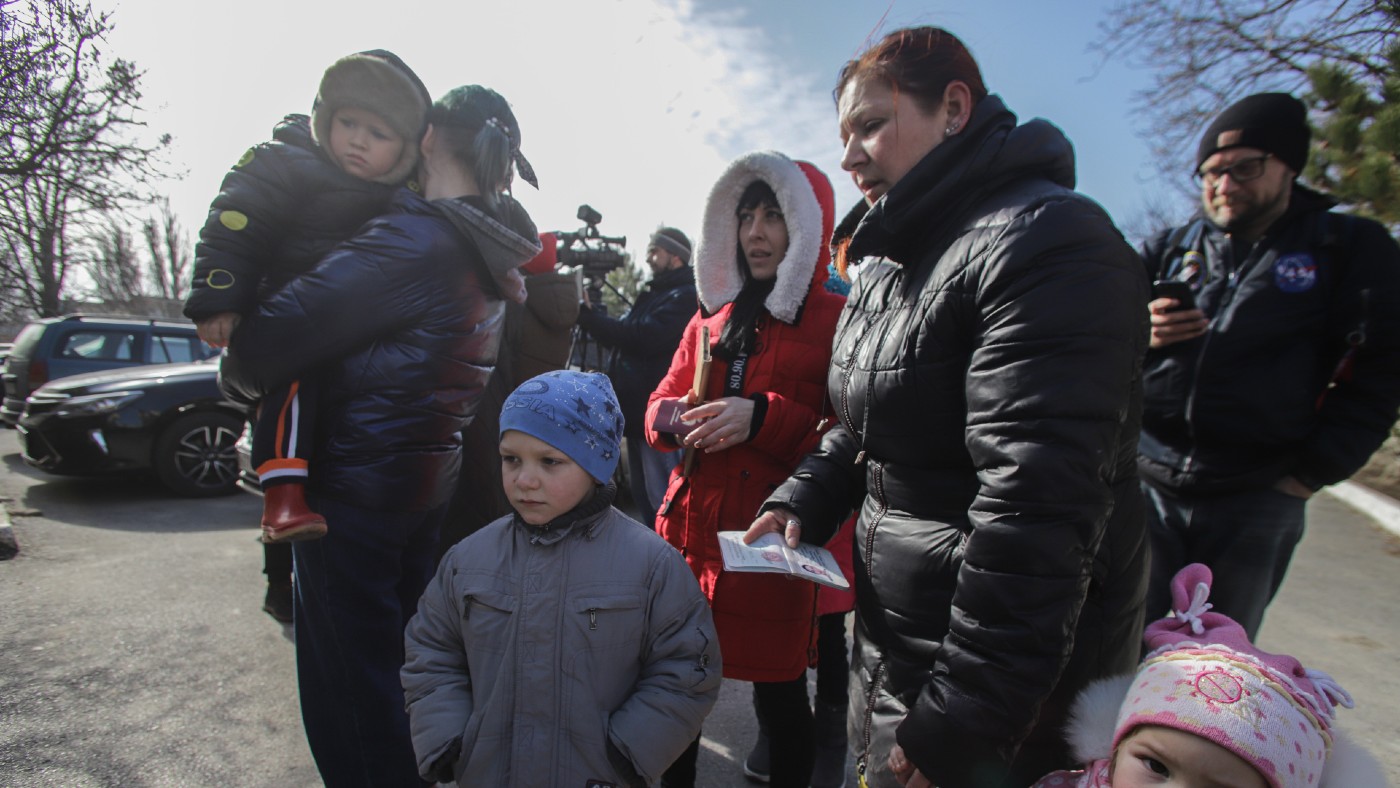
Across the large swathe of southern Ukraine captured since 24 February – from the Russian border to the city of Kherson near the mouth of the Dnieper River – Russian forces claim to be “liberating” the population, which is largely Russian-speaking.
They have set up new “military-civilian” governments, with local pro-Russian politicians as figureheads, and are thought to be preparing to formally annex not just the Donbas but also the two oblasts, or provinces, of Kherson and Zaporizhzhia. There is looting: Kyiv says that Russia has stolen around 500,000 tonnes of Ukrainian wheat, worth $100m, and is shipping it abroad for sale. But the most striking and sinister feature of the occupation is that very large numbers of Ukrainians have been interned and deported.
How many people have been affected?
Around 1.4 million Ukrainian citizens, including 240,000 children, have been forcibly deported to Russia to date, according to Ukraine’s former commissioner for human rights, Lyudmyla Denisova. In late May, Russia’s defence minister Sergei Shoigu confirmed that 1.37 million people had been evacuated from Donbas and other parts of occupied Ukraine – at their own request, he claimed, to avoid casualties among civilians. Many of them have had to pass through “filtration camps” on the way, where they are processed. Denisova says that Russia has created an “extensive network” of filtration camps “in every occupied city”, which have processed at least 37,000 people, although some Western estimates put the figure as high as one million.
The Week
Escape your echo chamber. Get the facts behind the news, plus analysis from multiple perspectives.

Sign up for The Week's Free Newsletters
From our morning news briefing to a weekly Good News Newsletter, get the best of The Week delivered directly to your inbox.
From our morning news briefing to a weekly Good News Newsletter, get the best of The Week delivered directly to your inbox.
How do the camps work?
In the war zones where Russian forces are in control, civilians fleeing the fighting have generally been given safe passage only in one direction: towards Russia. Along the way, they are subjected to a lengthy “filtration” process in camps in southeastern Ukraine run by the FSB, the Russian intelligence agency, and manned by Russian and separatist forces.
People are interrogated, and asked about their politics, their views on the Ukraine war, and their future plans. Men are stripped and checked for Ukrainian nationalist tattoos or shoulder bruises that suggest they have recently used a weapon. Papers are checked, and phones, photos, messages and social media posts are examined. There are many eyewitness accounts of beatings and torture with electric shocks. Sometimes this process takes a few hours, sometimes days, weeks or months. Those who pass can proceed to Russia; those who don’t stay in the camps, or are removed to other detention facilities.
What happens to those in Russia?
Many stay in camps in parts of Russia near Ukraine, such as the cities of Taganrog and Rostov. Some are given Russian documents and forcibly relocated to economically depressed areas of Russia. In some cases, Ukrainians have been sent to Siberia, and to Sakhalin Island on the Pacific coast. In return for surrendering their passports, they are given housing and a small amount of money. Some have been able to make their way out of Russia into Georgia, Belarus or Estonia, often with the help of networks of Russian volunteers, working clandestinely to avoid the attention of the authorities.
What happens to the others?
Some remain in the filtration camps, where conditions are frequently appalling and illness is reportedly rife. Some may have been drafted into pro-Russian separatist forces, and some have simply disappeared. There are “alarming” accounts, says Michael Carpenter, the US ambassador to the Organisation for Security and Cooperation in Europe, of people suspected of pro-Ukrainian sympathies being beaten or tortured and then transferred to the Donetsk region, “where many are reportedly disappeared or murdered”. One Ukrainian witness from Mariupol heard one of the soldiers guarding a camp saying: “I killed ten, and didn’t count further.”
A free daily email with the biggest news stories of the day – and the best features from TheWeek.com
Why is this happening?
Essentially, to assert control over occupied areas. Lyudmyla Denisova thinks that the centres are being used to “wipe out” any “officials, members of the volunteer territorial defence forces, activists or anyone they consider a threat”. Mariupol’s exiled city council says that the system is also designed to locate people who have witnessed Russian atrocities, and to ensure that they are not able to spread their reports.
The process is also apparently designed to erase Ukrainian identity, by depopulating occupied Ukraine and redistributing large numbers of people to Russia, where the hope is that they will boost dwindling populations, and where their children will be educated as Russians. The process of “passportisation” – giving Ukrainians Russian passports, or forcing them to have them – by creating more Russian citizens, also becomes a pretext for further intervention in Ukraine.
How far will the filtration process go?
Initially, only evacuees were filtered, but the process now seems to be expanding to cover entire populations. In Mariupol today, one resident told CNN, “everyone has to go through filtration in order to move around the city freely”. It appears to be part of a larger process of “Russification” taking place in southern and eastern Ukraine. In large cities such as Kherson and Melitopol, Ukrainian officials estimate that half the population has now left. There were mass protests at the beginning of the war, but they have now been crushed, because hundreds of activists have been kidnapped and have disappeared. Others have appeared in videos “apologising” for their activities. Ivan Fedorov, the exiled mayor of Melitopol, says that everyone in the city has been ordered to have a Russian passport. Behind the front lines, a major demographic offensive seems to be under way.
Fil’tratsiia: a dark history
The idea of filtration – fil’tratsiia – emerged at the end of the Second World War, when the Soviet Union received back very large numbers of soldiers and civilians who had been captured or encircled by the Nazis and their allies. About five million Soviet citizens were repatriated, of whom four million were filtered: screened and interrogated to ensure their political loyalty. More than 200,000 were transferred to the NKVD, the interior ministry – meaning that they ended up in the Gulags, Stalin’s vast network of labour camps.
Filtration camps reappeared during the Chechen wars, of 1994-1996 and 1999-2000, when large numbers of Chechens were arrested in order to filter out militant separatists. According to the Russian human rights group Memorial, about 200,000 people of Chechnya’s population of less than one million were filtered, of whom “practically all” were subjected to beatings and torture. Rape and extortion were also common. Many detainees disappeared. The Russian journalist Anna Politkovskaya talked to Chechens whose friends and relatives had disappeared into the notorious camps, and recorded stories of torture, mutilation, rape and execution. She was assassinated in the lift in her apartment block in October 2006.
-
 Political cartoons for December 14
Political cartoons for December 14Cartoons Sunday's political cartoons include a new White House flag, Venezuela negotiations, and more
-
 Heavenly spectacle in the wilds of Canada
Heavenly spectacle in the wilds of CanadaThe Week Recommends ‘Mind-bending’ outpost for spotting animals – and the northern lights
-
 Facial recognition: a revolution in policing
Facial recognition: a revolution in policingTalking Point All 43 police forces in England and Wales are set to be granted access, with those against calling for increasing safeguards on the technology
-
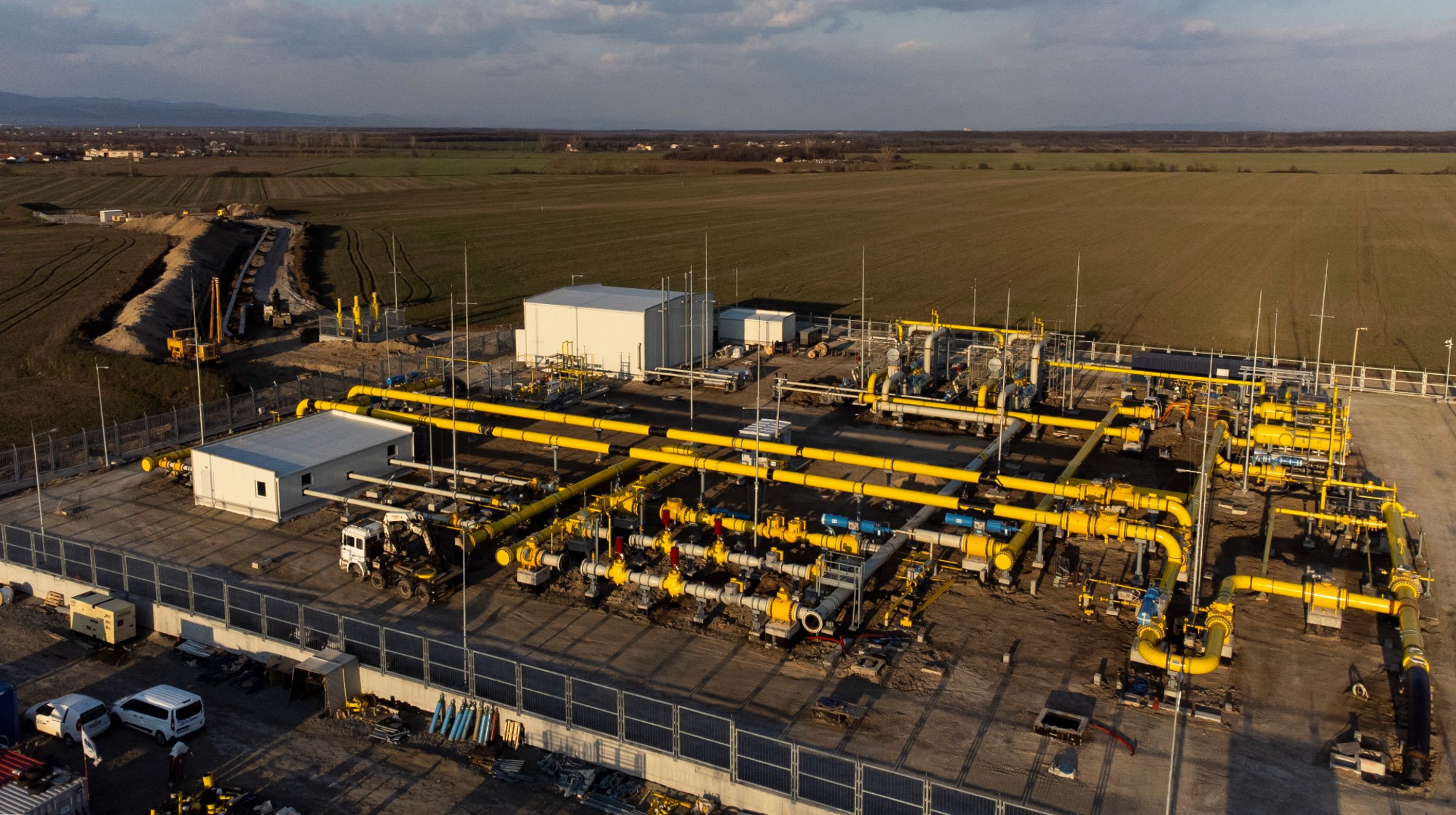 Europe sets 2027 deadline to wean itself from Russian gas
Europe sets 2027 deadline to wean itself from Russian gasIN THE SPOTLIGHT As negotiators attempt to end Russia’s yearslong Ukraine invasion, lawmakers across the EU agree to uncouple gas consumption from Moscow’s petrochemical infrastructure
-
 Pakistan: Trump’s ‘favourite field marshal’ takes charge
Pakistan: Trump’s ‘favourite field marshal’ takes chargeIn the Spotlight Asim Munir’s control over all three branches of Pakistan’s military gives him ‘sweeping powers’ – and almost unlimited freedom to use them
-
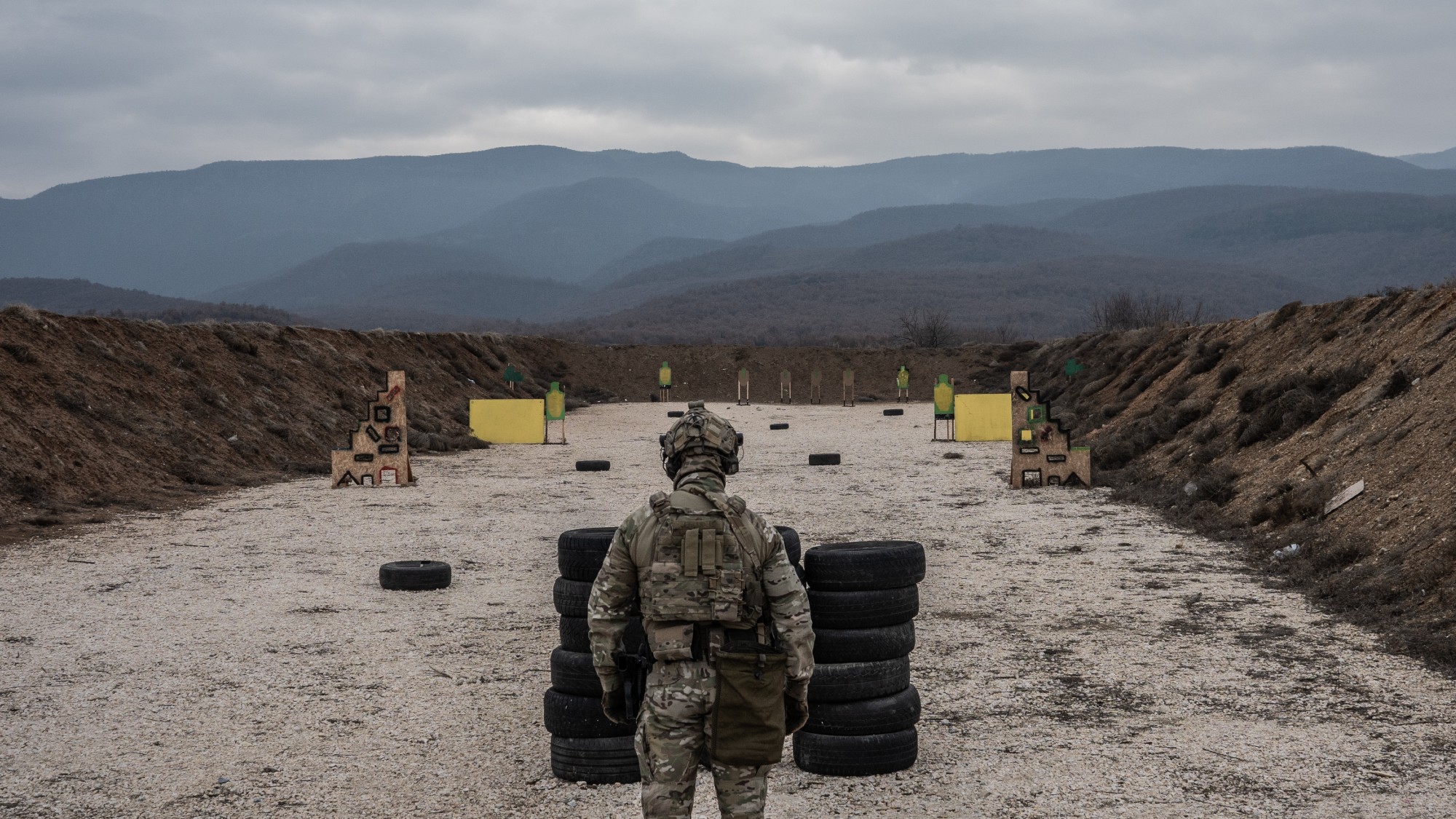 Is Europe finally taking the war to Russia?
Is Europe finally taking the war to Russia?Today's Big Question As Moscow’s drone buzzes and cyberattacks increase, European leaders are taking a more openly aggressive stance
-
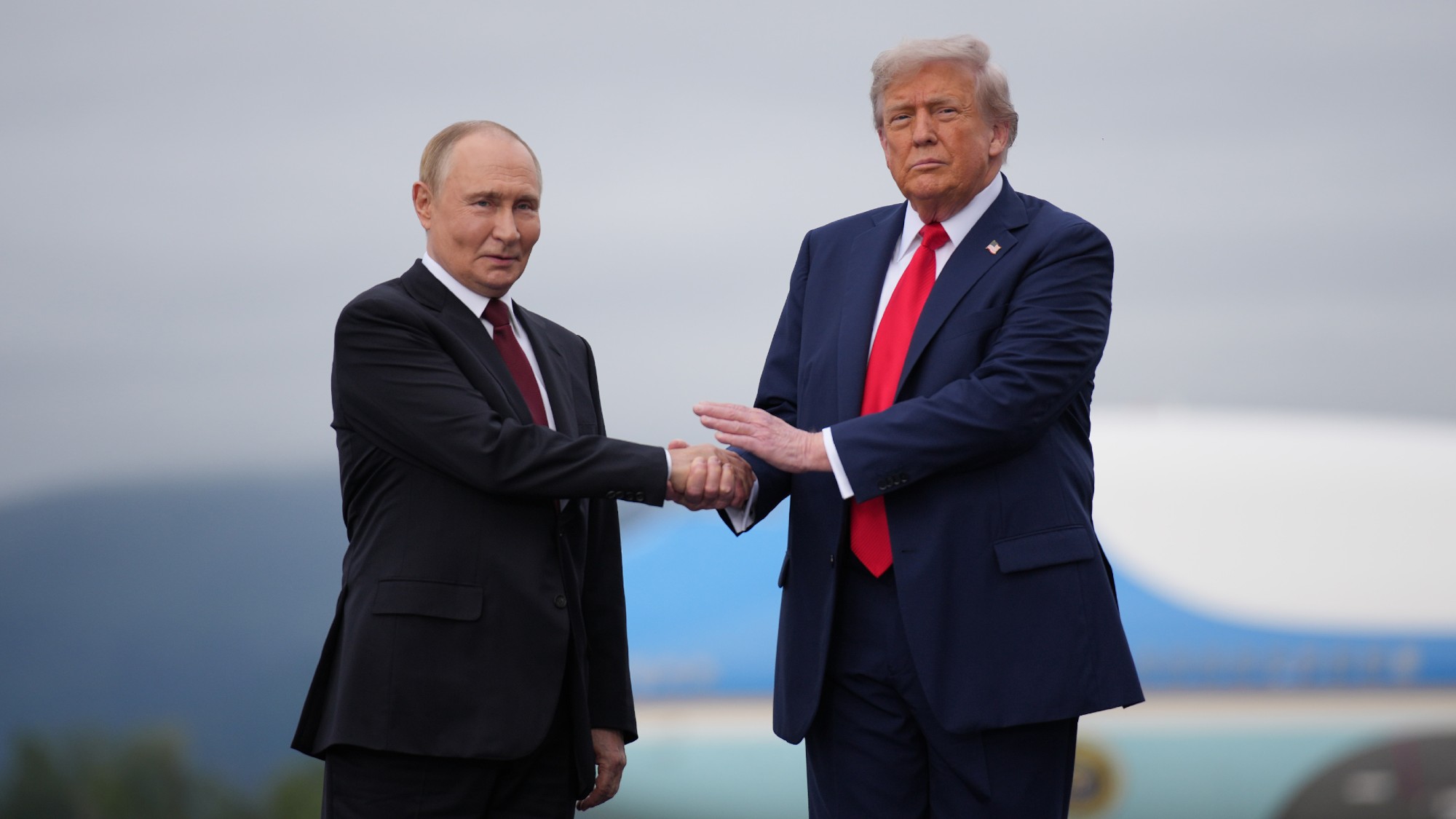 Pushing for peace: is Trump appeasing Moscow?
Pushing for peace: is Trump appeasing Moscow?In Depth European leaders succeeded in bringing themselves in from the cold and softening Moscow’s terms, but Kyiv still faces an unenviable choice
-
 Femicide: Italy’s newest crime
Femicide: Italy’s newest crimeThe Explainer Landmark law to criminalise murder of a woman as an ‘act of hatred’ or ‘subjugation’ but critics say Italy is still deeply patriarchal
-
 Brazil’s Bolsonaro behind bars after appeals run out
Brazil’s Bolsonaro behind bars after appeals run outSpeed Read He will serve 27 years in prison
-
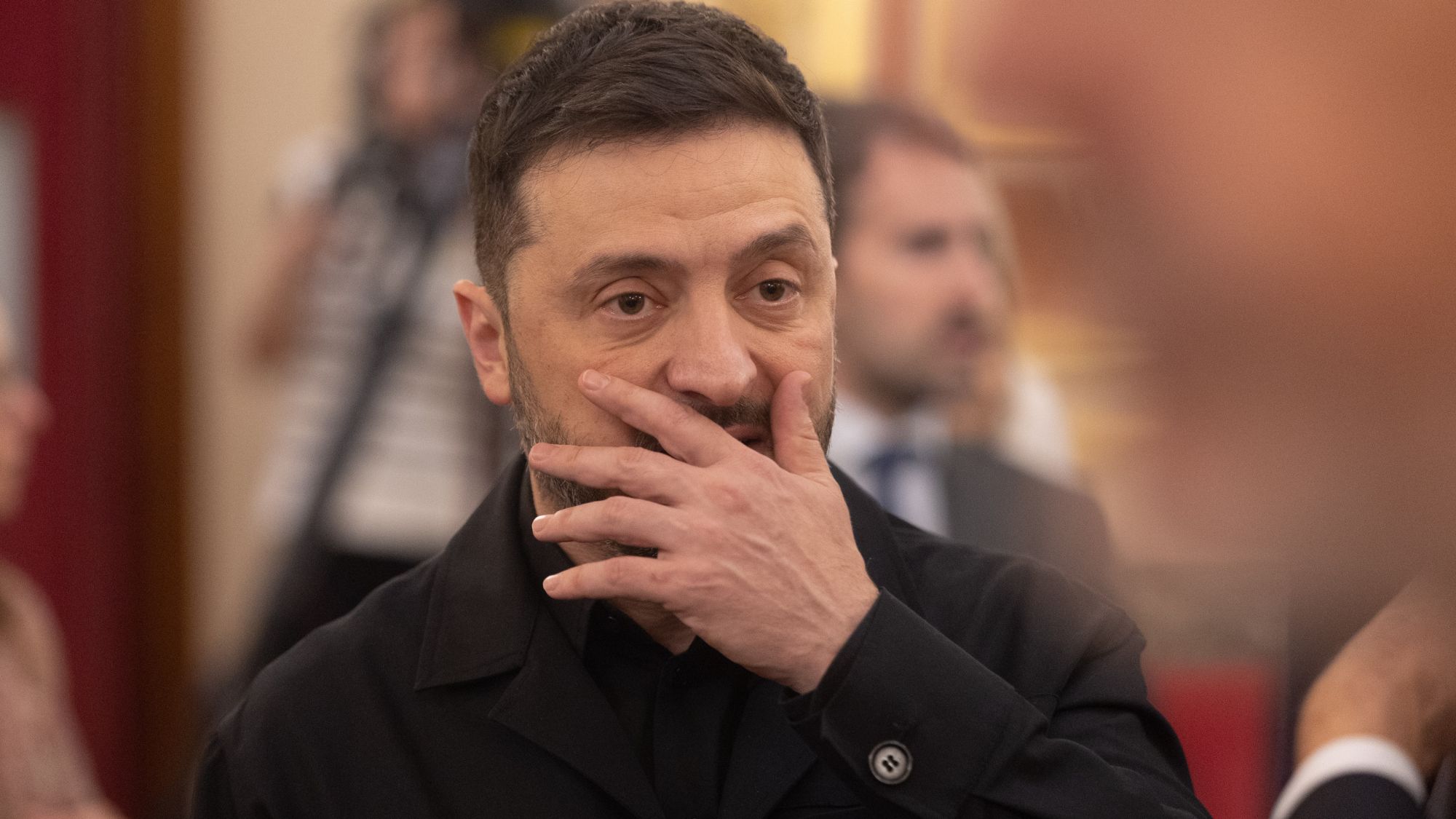 The $100mn scandal undermining Volodymyr Zelenskyy
The $100mn scandal undermining Volodymyr ZelenskyyIn the Spotlight As Russia continues to vent its military aggression on Ukraine, ‘corruption scandals are weakening the domestic front’
-
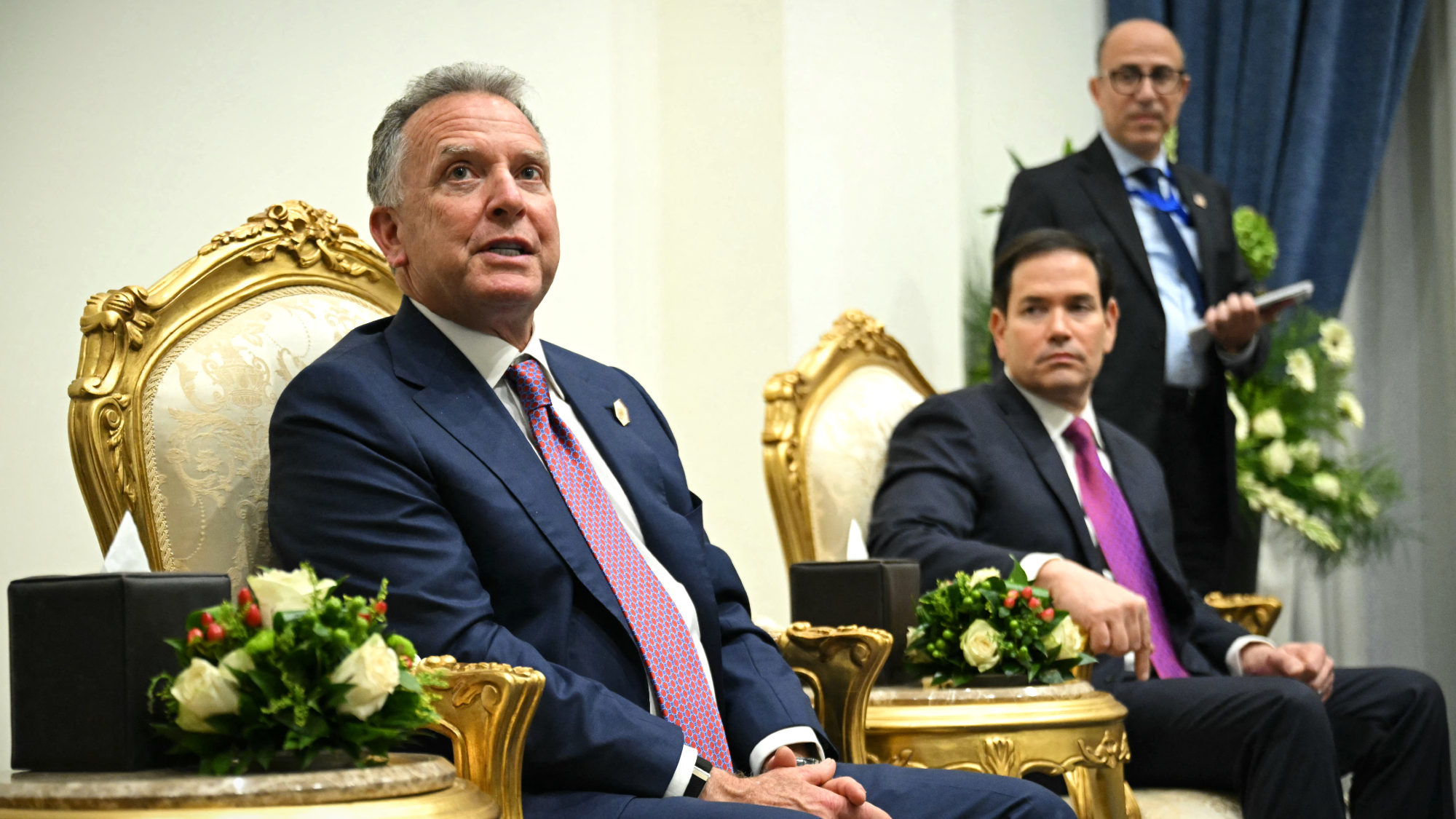 Trump pushes new Ukraine peace plan
Trump pushes new Ukraine peace planSpeed Read It involves a 28-point plan to end the war